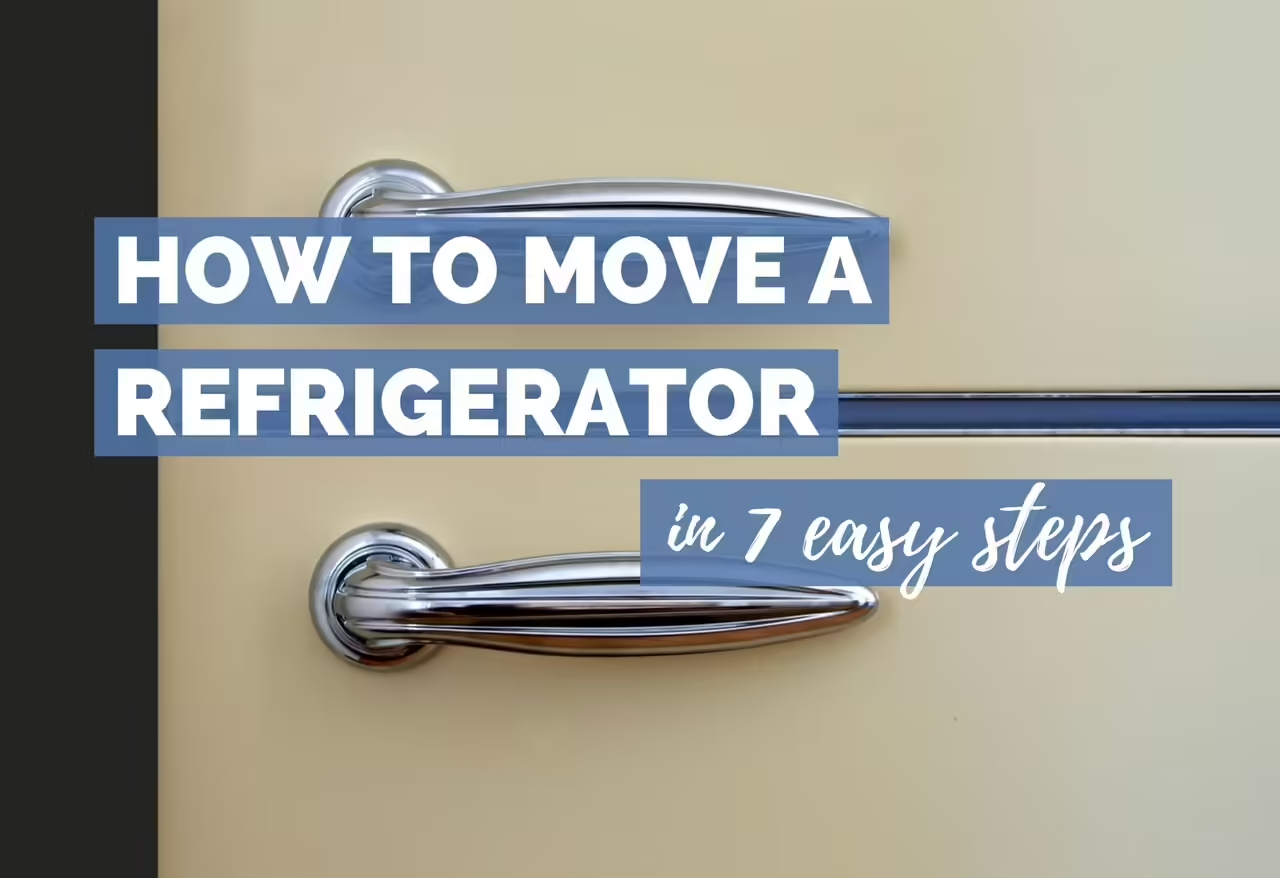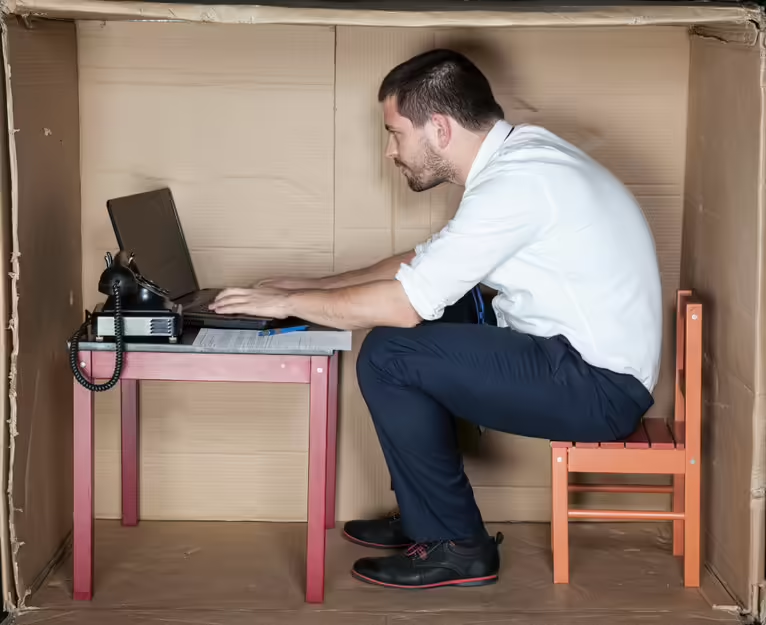If you’re the kind of person who likes to save every penny you can, taking your refrigerator with you when you move is a tremendous cost-saving technique that could end up saving you hundreds. Even though transporting a fridge can be labor-intensive and somewhat expensive, it likely won’t come close to what it would cost to purchase a new refrigerator. If you’re going to move your fridge, though, you need to know how to prepare it properly for moving. Here are the steps required to do it correctly like our team of professional movers.
1. Defrost the Refrigerator
First, you need to defrost the refrigerator. Unplug it and open the doors to allow warm air to circulate inside it. If you are in a hurry, you can use fans to circulate the air faster, or even move it outside if the air is warm. Make sure to put towels at the base of your refrigerator, so you don’t end up with puddles all over your kitchen.
2. Give it a Thorough Cleaning
Next, after the freezer is entirely free from ice, and the unit has had a chance to dry, it’s time to clean your refrigerator, inside and out. Use a damp cloth and a mild detergent to remove all the built-up gunk from the interior of your fridge and freezer. It’s also important to clean the exterior, including the coils and the evaporator pan.
3. Remove Drawers and Shelving
Then, you need to remove all drawers and shelves, packing them separately for the move. Since an average refrigerator weighs anywhere between 180-360 pounds, any weight savings is a huge help. Plus, you ensure that the glass shelves don’t get broken during transit.
4. Allow Additional Moisture to Evaporate
After that, leave the refrigerator open until you’re ready to move it, to ensure that any remaining moisture can evaporate. This step is especially important if you’re moving a long way away, as your un-cooled refrigerator will be closed tight for a long time. If there’s any remaining moisture, the second you open it at your new home, you’ll be knocked over with a potent mildew smell.
5. Remove or Secure the Doors
Then, it’s finally time to get it ready to go on the moving truck. You can remove the doors completely to save weight, or you can secure them shut with bungee cords or tightly-tied rope. If you remove them, make sure you secure and label all the mounting hardware to enable you to put it back together quickly once you arrive.
6. Load onto an Appliance Dolly
Once you secure the doors, grab a buddy and have him help you tilt the refrigerator onto an appliance dolly. If you are moving it a fair distance, you can secure the refrigerator to the dolly using bungee cords. Make sure to keep the refrigerator tilted at a 45-degree angle while it’s in motion so you won’t lose control of it.
7. Load Onto the Moving Truck
Finally, load it onto the moving truck. If you’ve left the doors on, face them toward the wall so they won’t accidentally come open while driving. Secure the cord, so the prongs on the plug don’t get bent, and you’re done.
The effort you invest in moving your existing refrigerator will be rewarded when you arrive at your new home. Beyond saving a bundle of money by not having to purchase a new refrigerator, you’ll also ensure you have a fridge the moment you arrive at your new place. If you had decided to buy a new one, you’d have to depend on the company you purchased it from to get it there, and that sometimes results in delays. Save yourself the stress, and get your refrigerator cooling off right away. After all, having food in your fridge is one of the best ways to make your new house feel like a home.
Do you need help with packing, unpacking, storage, or your entire move?
Request a free rapid quote for any moving services you may need. Get started today!




